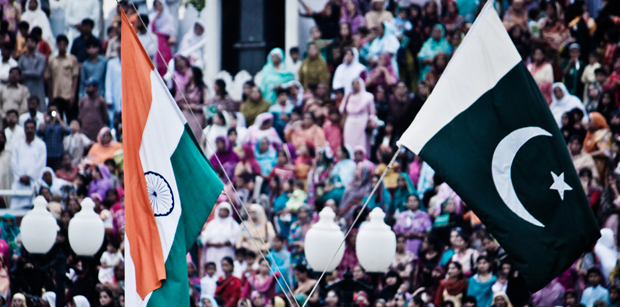Pakistan, MIRVs, and Counterforce Targeting

Editor's note: The Stimson Center recently released The Lure and Pitfalls of MIRVs: From the First to the Second Nuclear Age, an edited volume that takes a retrospective look at the U.S.-Soviet experience with MIRVs and explores the second coming of MIRVs in contemporary Asia. In this SAV review series, SAV contributors Sitakanta Mishra, Amina Afzal, Rabia Akhtar, Sadia Tasleem, and Debak Das review each chapter with special attention to the implications for South Asia and future research. Read the entire series here.
By Debak Das:
Chapter Summary
In the chapter “Pakistan, MIRVs, and Counterforce Targeting” within the edited Stimson Center volume The Lure and Pitfalls of MIRVs: From the First to the Second Nuclear Age, Feroz H. Khan and Mansoor Ahmed argue that the strategic rivalry between India and Pakistan is the key driver of the latter’s nuclear modernization and strategic behavior. This means that even though Pakistan has 11 different nuclear capable means of missile delivery, Indian strategic modernization will always present a new technological and strategic challenge that the former will have to match. This is particularly problematic given India’s pursuit of multiple independently targetable re-entry vehicles (MIRVs) and ballistic missile defense. The action-reaction syndrome that India and Pakistan have followed with regard to their strategic weapons development implies that Pakistan will surely react to these Indian strategic developments.
In this chapter, the authors envision three potential strategic choices for Pakistan’s response to evolving Indian nuclear capabilities. These are the “ignore” option (no response), the “tortoise” option (a gradual, measured response), and the “hare” option (a rapid response). Khan and Ahmed quickly conclude that Pakistan will reject the ignore option because of the dominance of the “military-bureaucratic-scientific enclave” (p. 166) in Pakistan and the history of its strategic arms related competition with India. More